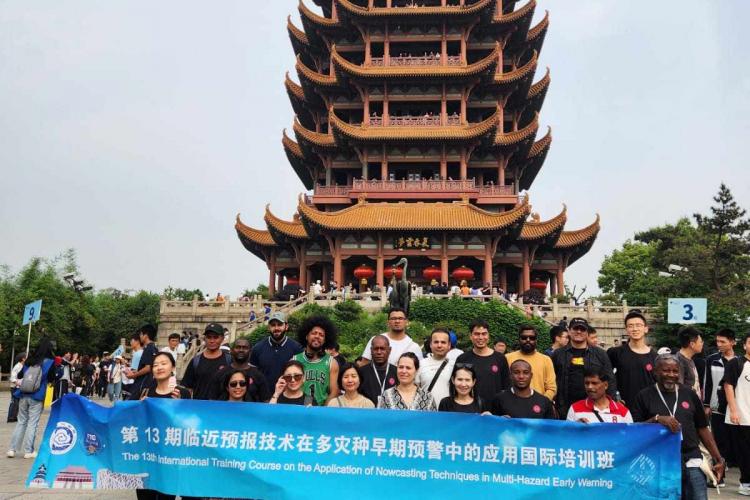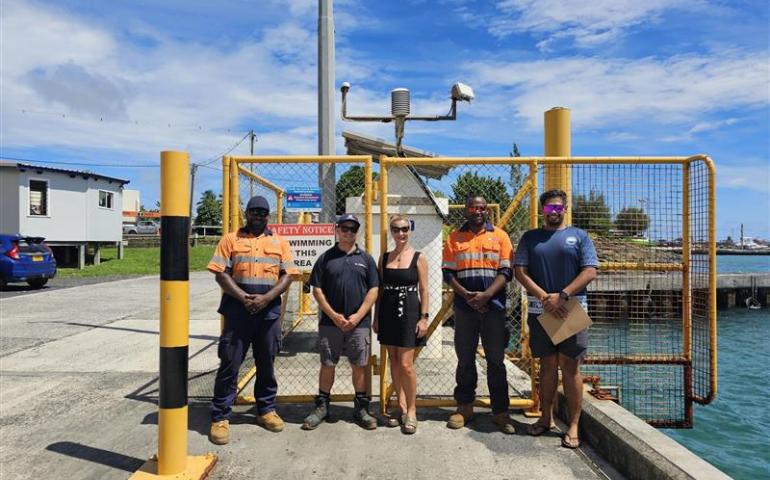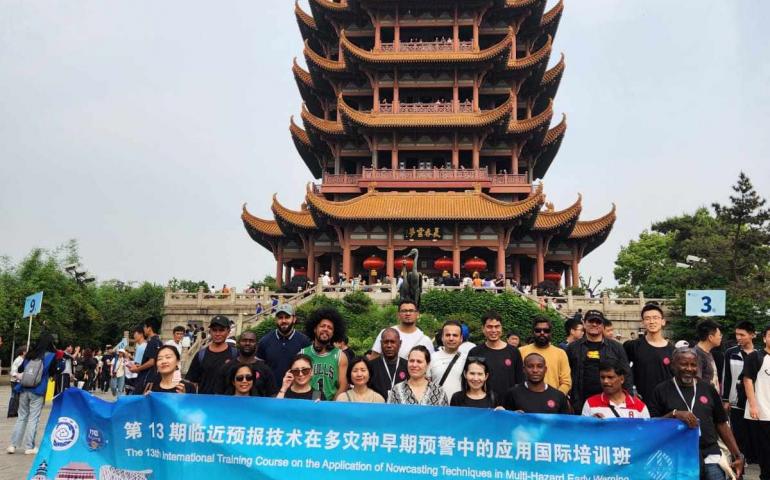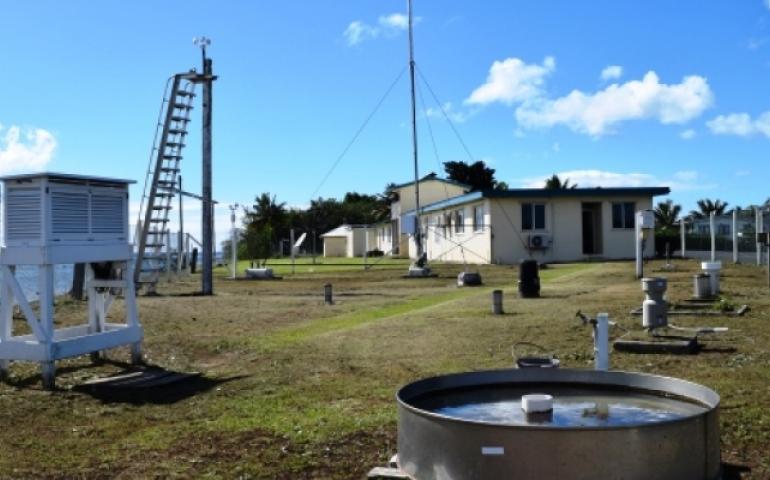Application of Nowcasting Techniques in Multiple Hazard Early Warning
Cook Islands Quality Assurance Officer, Mr Nathan Tisam, had the opportunity to travel to Beijing, China during the month of April 2024 to attend the 13th International Training Course on the Application of Nowcasting Techniques in Multi-Hazard Early Warning.
Nowcasting techniques play a vital role in multiple hazard early warning systems, providing timely and accurate information to enable proactive measures and mitigate the impact of natural hazards these skills will prove to be essential with the role out of the new Cook Is Multi Hazard Framework. Currently available operationally is the use of forecast models and Sat imagery.
A summary of Mr Tisam's journey through this new Application are-
Introduction Nowcasting
A Relatively new concept to myself a term derived from "now" and "forecasting," as I now understand refers to the prediction of imminent weather events or hazardous situations in real-time or in the very near future. Its application in multiple hazard early warning systems and its ability to provide timely and accurate information is not only important but critical to the safety of the communities, national assets and most of all its people. Its ability to provide forecasters the data needed to proactively measure and mitigate potential risks accordingly is now of importance in an age where information is easily accessible.
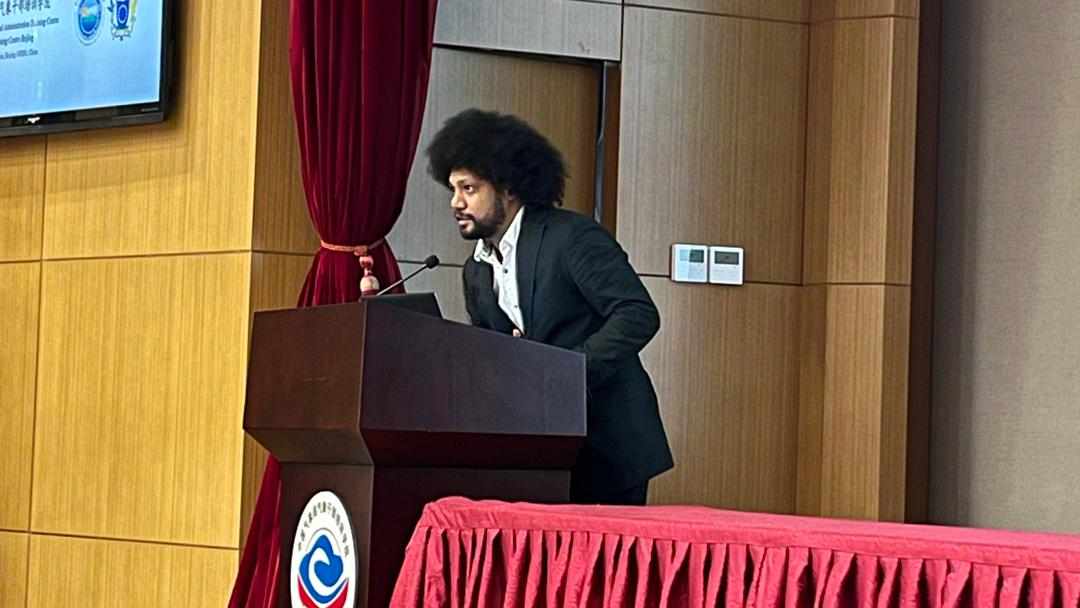
Nowcasting Techniques
Nowcasting utilizes a combination of observational data, numerical weather prediction models, and advanced data analytics to generate short-term forecasts. Techniques such as radar-based nowcasting, satellite imagery analysis, and machine learning algorithms are commonly employed to track and predict hazardous events such as severe storms, heavy rainfall, flash floods, and wildfires. These techniques leverage high-resolution data and real-time monitoring capabilities to provide timely warnings to affected populations. Lectures by professor YU Xiaoding on Doppalar weather radar application and the methods used was particularly interesting, his and professor Xiuming insight into sounding analysis was truly a good experience for my self as we neither have sounding programme or radars to predict these convective systems. But with the planned restart of the upper air programme under GCF I can now say that I can understand the data better. The practical session with Professor Xiuming exposed us to real events and during that session in groups we had Ibrahim Turk in our group driving the session, with his wealth of experience coming to the forefront understanding the relationship between the CAPE and CIN data and what it translates to in weather and weather forecasting.

Applications in Multiple Hazard Early Warning
The extent of Multiple Hazard and Warning for the Cook Islands for now only applies to the following points bellow
• Severe Weather Events: Nowcasting techniques play a crucial role in early warning systems for severe weather events, including thunderstorms, tornadoes, and Cyclone. By analyzing radar data and atmospheric conditions, meteorologists can issue timely warnings to communities at risk, allowing them to take shelter and evacuate if necessary.
• Flash Floods: Flash floods pose a significant threat to life and property, particularly in urban areas with inadequate drainage systems. Nowcasting techniques enable the prediction of intense rainfall and rapid runoff, allowing authorities to issue flood alerts and implement emergency response measures to mitigate the impact of flooding.
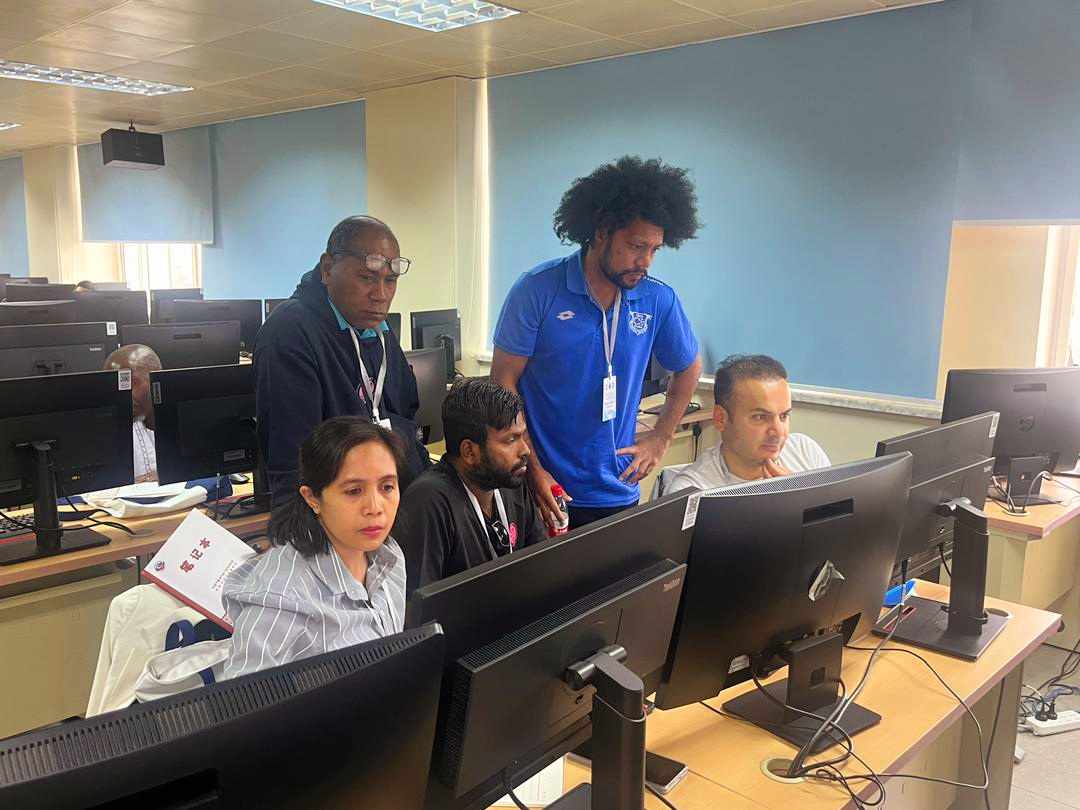
Conclusion
Nowcasting techniques play a vital role in multiple hazard early warning systems, providing timely and accurate information to enable proactive measures and mitigate the impact of natural hazards. By leveraging advanced data analytics and real-time monitoring capabilities, nowcasting enhances the resilience of communities and reduces the risk of disaster-related losses. However, addressing challenges related to data accessibility, model uncertainty, and technological infrastructure is essential to maximizing the effectiveness of nowcasting in hazard early warning systems. Continued research, innovation, and collaboration are key to further advancing the application of nowcasting techniques and improving the resilience of communities worldwide.

